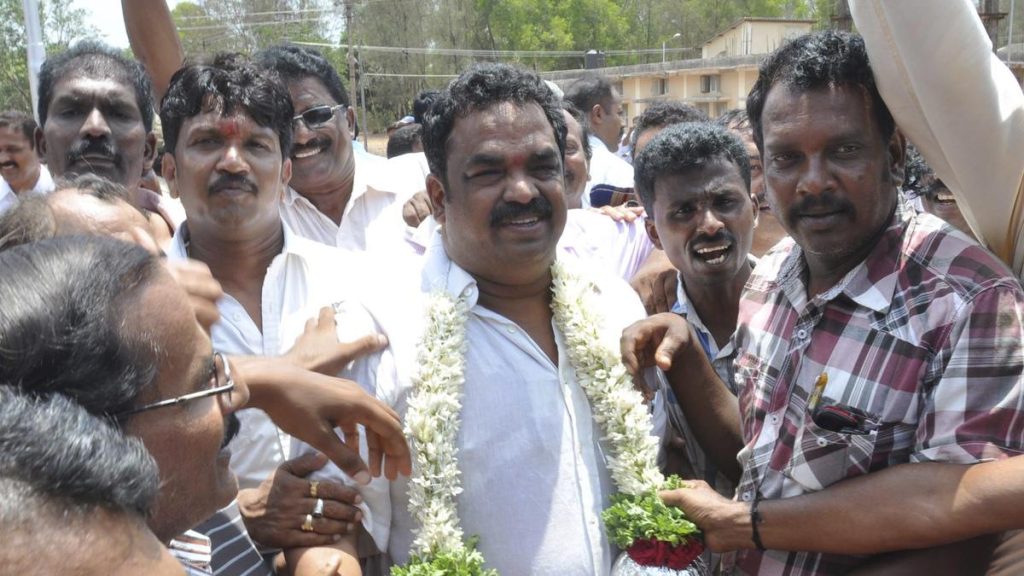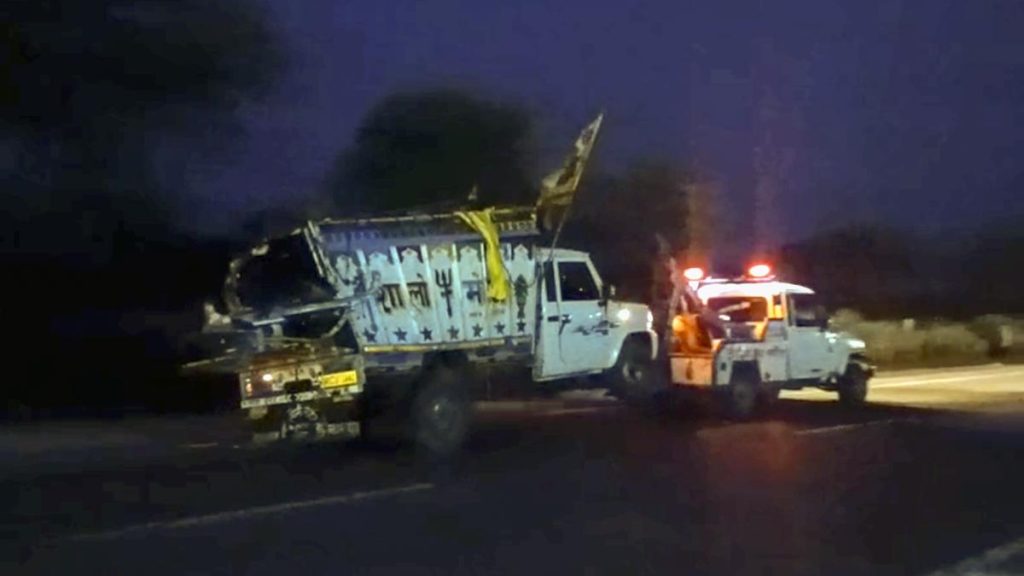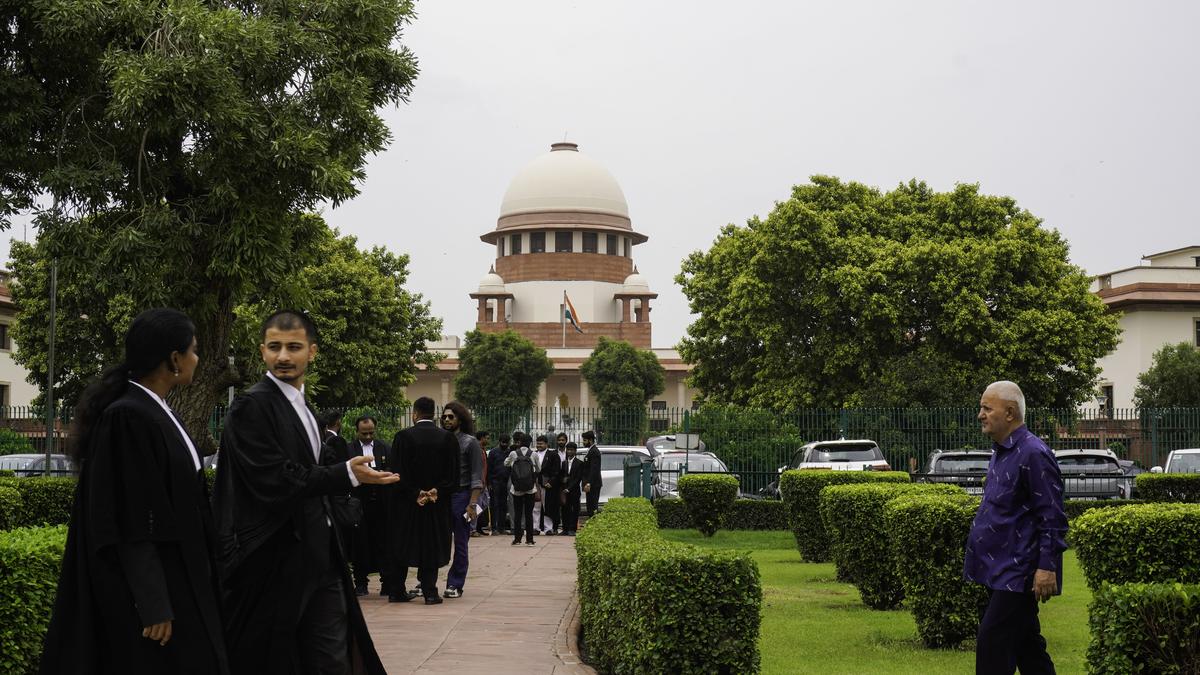Now Reading: India’s Stray Dog Dilemma: Vaccinate or Shelter?
-
01
India’s Stray Dog Dilemma: Vaccinate or Shelter?
India’s Stray Dog Dilemma: Vaccinate or Shelter?

Rapid Summary
- On August 11, the supreme court directed Delhi authorities to instantly capture stray dogs and confine them in shelters. No stray dog is to be released back into public spaces.
- The directive follows increasing incidents of dog attacks on children, including infants.public opinion remains divided over this approach, especially given Delhi’s lack of adequate shelters for stray dogs.
- The effectiveness of policies addressing India’s stray dog problem hinges on accurate data collection. Current policies rely on outdated census data from 2019 and earlier for decision-making.
- Data analysis reveals discrepancies between stray dog counts by state and reported dog bite numbers, which raises questions about accuracy in population figures versus ground realities.
– Example: Tamil Nadu recorded two bites per every stray dog despite reporting 4.4 lakh dogs; Manipur reported zero dogs but had around 5,500 bite cases in the same year.- Goa successfully eliminated human rabies cases and reduced canine rabies cases thru a vaccination program targeting at least 70% dogs yearly by sustaining efforts over three years (as suggested by WHO).
- india’s National Action Plan for Dog-mediated Rabies Elimination by 2030 prioritizes mass vaccination as a strategic intervention over other methods like relocation or confinement.
Indian Opinion Analysis
The Supreme Court’s order marks an attempt to address public safety concerns stemming from rising instances of risky interactions between humans and unregulated populations of stray dogs. however, execution challenges such as inadequate shelters and reliance on outdated census figures could hinder its effectiveness or lead to unintended consequences like overcrowding facilities without resolving root issues.
Data gaps appear pivotal-accurately enumerating India’s sprawling canine population should form the foundation for actionable policies that integrate proven strategies like widespread vaccinations with infrastructure improvements (shelters) rather than reactive measures alone (mass relocations). Insights from states like Goa demonstrate that sustained mass vaccination programs are both cost-effective and impactful toward mitigating diseases like rabies while preserving humane approaches.
India must resolve lingering inconsistencies within its foundational data systems while ensuring resource allocation keeps pace with proposed policy changes affecting citizens’ everyday lives across urban centers disproportionately worst hit-facing spills Read More:-https://www.thehindu.com
























